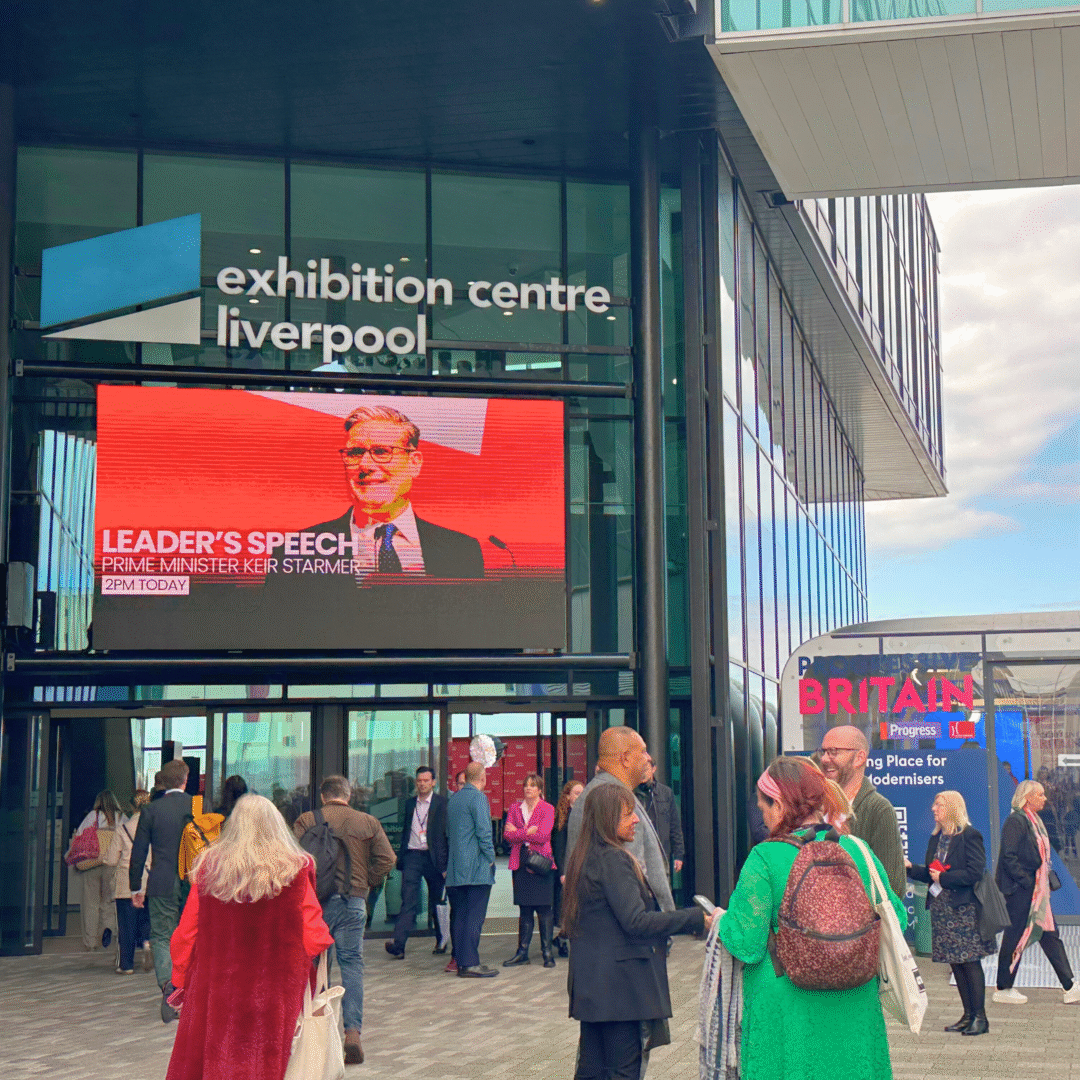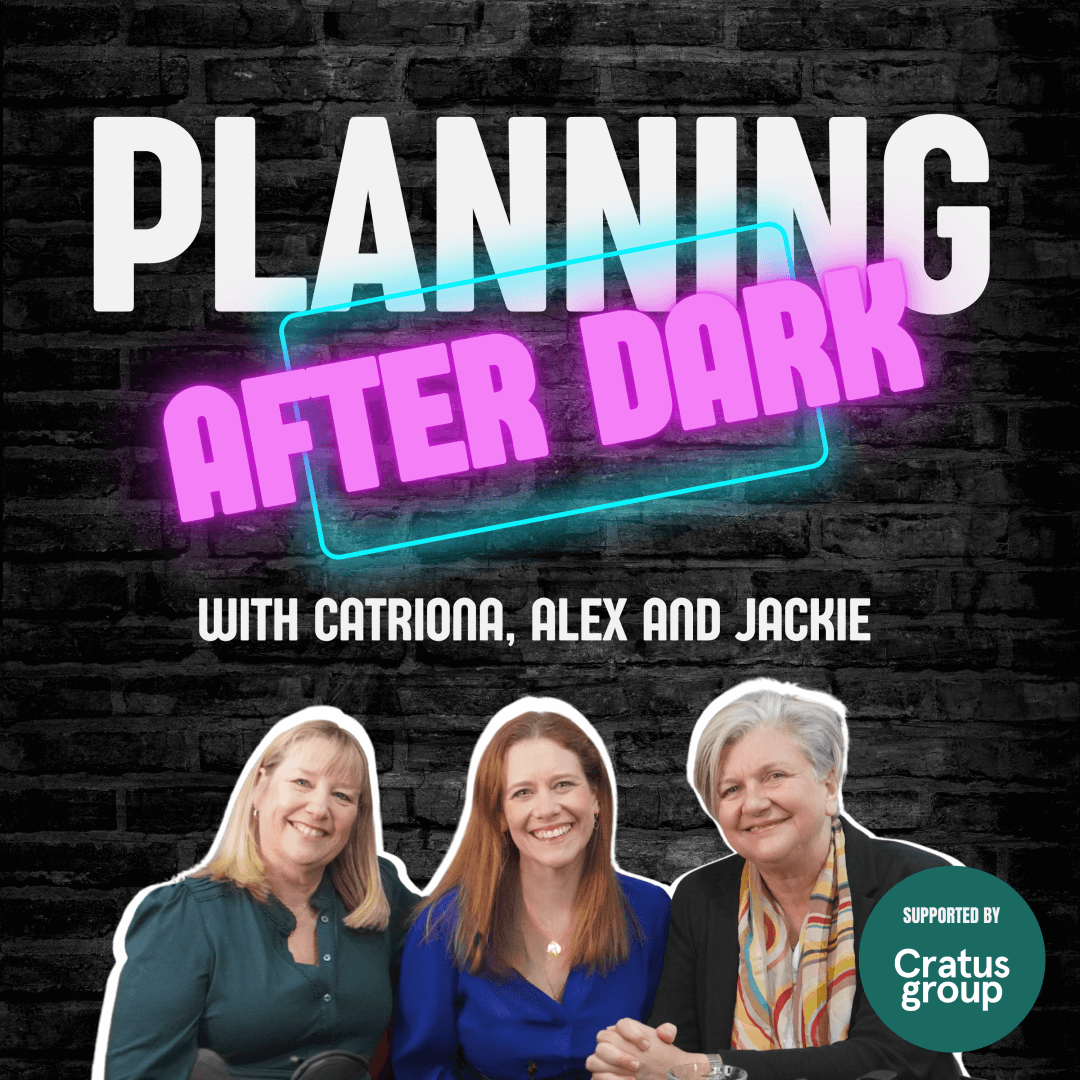Four generations, one workplace: how do we talk to each other?
I had a couple of pivotal moments last week that really brought home to me that right now, for the first time, we have four distinct generational groups working side by side. The workplace is a fascinating place to be. We have ‘Baby Boomers’, Gen X, Millennials, and Gen Z all working together. And in the last 30 years, the pace of change in communications and technology has been so fast that each of these groups has developed its own very distinct style. Put them all together and you’ve got a real melting pot.
So what were those two moments that made this real for me?
- I was reviewing CVs for a role in the corporate comms team when I noticed that several candidates had listed their GCSE results as numbers, not letters. I had to pause and translate.
- My son received his National Insurance number from HMRC. That’s Gen Z arriving in the workplace, when many parents are still nagging them to do their homework and tidy their bedrooms!
At the other end, people are retiring later and later, and many of the people who have worked their way up to leadership roles (not exclusively, but generally) are Boomers and Gen X. And the bulk of the day-to-day operational weight is carried by Gen X and Millennials. Which leaves us with a big question: how do we communicate in this melting pot?
An example of one channel, four mindsets: The phone…
I’m Gen X. The phone is where I’m comfortable.
As a teenager, I’d spend all day with my friends at school and then all evening on the phone to those same friends. Sitting on the floor, under the stairs because that’s where the family phone lived. We’d even have a special code we used so that our families couldn’t eavesdrop.
At university, the phone paid for my beer money through a telesales job. And in my first ‘proper’ jobs? I had a phone on my desk (my actual desk, in an office, where I went every single day) which was my first port of call to get things done.
I even call my iPhone my mobile. My son thinks this is bizarre: for him, it’s just a phone.
Millennials don’t see the phone that way. They recoil in horror when it rings. An unknown number? Unthinkable. Voicemail? Please don’t. They’d much rather send a message or email than make a call.
Boomers still see the phone as the quickest, most reliable way to get answers. If they can’t get hold of you, they’ll leave a voicemail – and even expect you to listen to it!
And Gen Z? For them, the phone is a mini-computer. It’s their camera, social hub, and research tool. Calls are often on WhatsApp or FaceTime and arranged in advance by message. A surprise voice call feels almost like someone knocking on your door unannounced. (Which was also a common occurrence for us Gen Xers as children: “Hello Mrs Hughes. Can Sarah come out to play?”)
Of course, it’s not just phones. Each common business channel means different things to different generations.
Email: from formal record to ‘necessary evil’
Boomers see email as a formal, dependable way to communicate: a written record you can point back to. Gen X treat it as their workhorse, handling most of their day-to-day comms through their inbox.
Millennials, however, often see email as slow and cumbersome compared to instant messaging. It’s something to check a few times a day, not the main event. And Gen Z? They’ll use it when they have to, but they may treat it more like a noticeboard: scan it for essentials, then go back to faster channels.
Messaging apps: the real-time hub
Slack, Teams, WhatsApp… Millennials and Gen Z thrive in these spaces. They’re quick, collaborative, and informal: the digital equivalent of leaning over someone’s desk. Gen X can be comfortable here too, but might use them more selectively.
Boomers sometimes find them chaotic, especially if messages get buried quickly or jump between threads. Without clear guidelines, they can feel more like noise than signal.
Face-to-face: the original “preferred channel”
Boomers and Gen X place a lot of value on in-person conversations. For them, a quick chat in the office or over coffee is often the fastest way to build trust, solve problems, and make decisions.
Millennials and Gen Z are happy to meet face-to-face, but many are equally comfortable with a video call or hybrid setup. For them, flexibility is as important as presence.
Social media: networking and visibility
Gen Z and Millennials use social media naturally for networking, learning, and building professional profiles. Gen X tend to be more strategic, posting when there’s a clear purpose. Boomers engage too, but often prefer more private or formal platforms, preferring facebook at home and LinkedIn at work over the more open, fast-moving spaces like X or TikTok.
Generations and their comfort zones
| Generation | Comfort channels | Biggest turn-offs |
| Boomers (born ~1946–64) | Phone calls, face-to-face meetings, formal emails | Long message chains in chat apps, vague subject lines, radio silence |
| Gen X (born ~1965–80) | Phone calls, concise emails, scheduled meetings | Overly formal language, meetings that could be an email, no direct contact |
| Millennials (born ~1981–96) | Messaging apps (Slack, Teams, WhatsApp), collaborative docs, visual updates | Unexpected calls, voicemails, lengthy formal emails |
| Gen Z (born ~1997–2012) | Messaging apps, video calls, quick visual content, social media DMs | Surprise calls, cluttered email inboxes, slow response times |
So what do we need to do to maximise our comms in this context? There are some good rules of thumb for communicating across generations:
- Mix your channels – back up quick messages with a more formal record when needed.
- Ask, don’t assume – find out how your colleagues prefer to be contacted.
- Be clear and concise – whatever the channel, get to the point.
- Respect response times – not everyone replies instantly, and that’s fine.
Things to remember
The most successful workplace communication in 2025 recognises the strengths of each generation’s style and uses them in combination. The Boomer’s “just call” instinct, the Gen X knack for directness, the Millennial’s comfort with collaboration tools, and the Gen Z fluency in visual, instant updates… together, they create a richer, more adaptable way of sharing information.
As ever, my mantra is to meet people where they are, across channels and across generations. This way the melting pot becomes a real advantage. The message gets through, relationships strengthen, and your corporate comms can really work its magic.
And as it’s August – here’s the wonderful Jake Lambert talking about generational differences on holidays…








